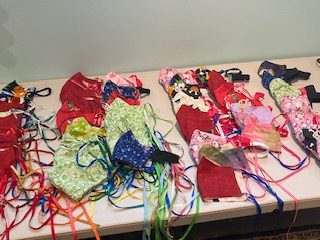
Why I started turning all my scraps into Face Masks
So, of course I have spent most of my time the last couple weeks making cloth face masks for my family and community. I tried the surgical mask style with the pleats first. I hated it, I made all of two and instantly went looking for a better pattern. My plan was to make some for my most at risk family members and take the rest to our local grocery stores, post office, and as many of the essential businesses that were staying open as a big thank you! The surgical mask style however was not comfortable, kept slipping down my nose, and worse didn’t properly fit me or Steve. I knew that if I couldn’t keep this on correctly no one I was making it for would either. These issues made me settle on a contour style mask, and since I hadn’t played with my Cricut Maker very much since I got it for Christmas, I went looking there first and found this.
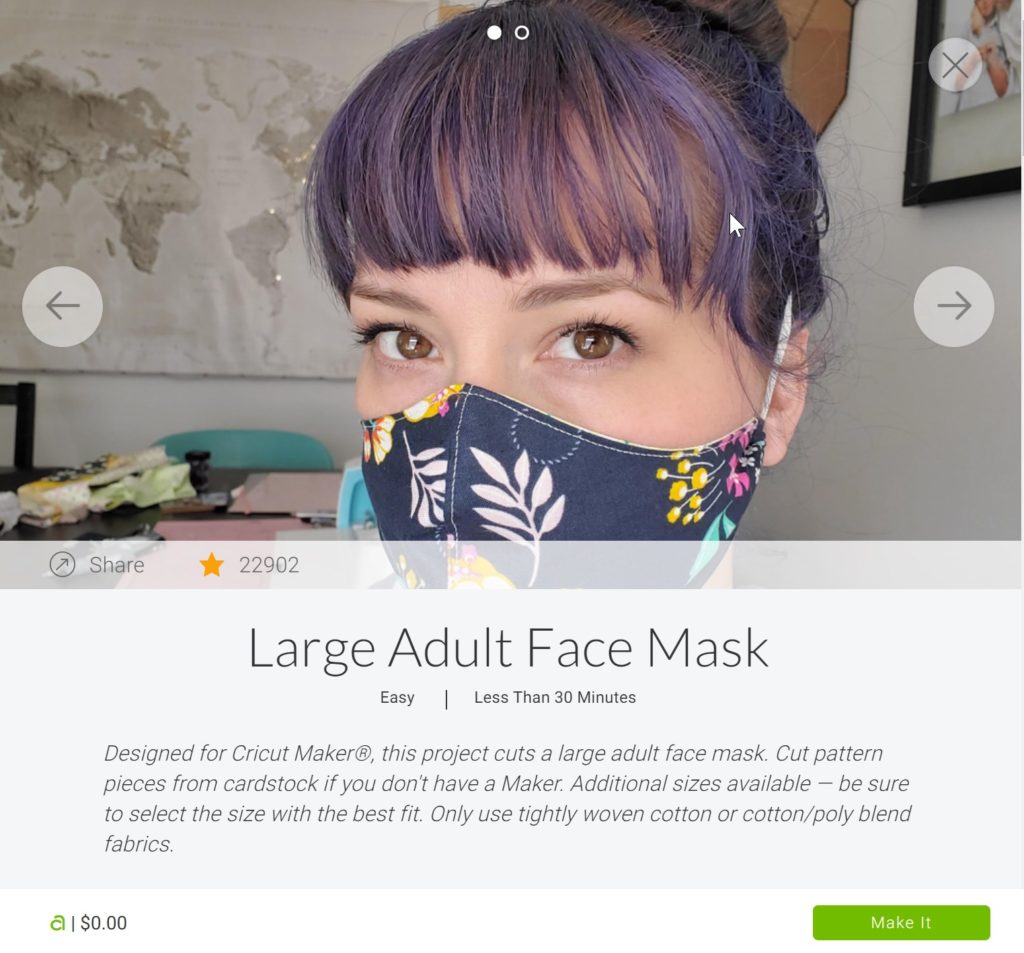
So I used the cricut to cut out a couple, and quickly realized it was better just to cut out one of each size and use it as a pattern. The cricut cut one in the time I could cut about 6. So bonus, if you have a cricut, but not the maker, just use your cricut to cut a pattern.
I liked the fact that they had four different sizes, including youth sizes (since I have the same sized head as an eight year old) and the design has room to put in a filter if you wanted one.
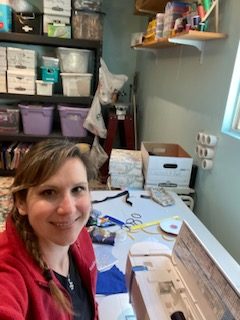
So I hit my fabric stash, I was looking for most of my 100% cotton fabrics, with the tightest weave. I had a stash of quilter’s cotton fat quarters that I was going to use for making dog bandanna’s about a million years ago. I grabbed those, as well as just about any decent cotton remnant left over from quillow’s pillows, and mod podge projects, plus some from clothes I had made people some curtains I made for my dorm room, oh we were clearing out the fabric stash at last!
Notes on masks other resources and patterns, and hacks for when you can't find the materials called for.
Since I started making my masks there has been a lot more information that has come out. I have read soooo many articles, so here is my summary.
Cloth homemade masks are not as effective as N95 masks, ever. Now N95 masks work well because they create a seal AND filter out 95% of particulate. For me, not so much I have a small head and face. I used a N95 mask while spray paining, and every place the mask covered was still streaked in spray paint. For me the best facial covering has always been a full professional respirator or a RZ mask. I have had to learn this from having aggravated Asthma and living where there are wildfires and going to Burning Man. The fit is so critical, you must make sure that the mask creates a tight seal and covers your entire nose and extends below the chin!
If used correctly and from good fabrics, homemade masks can be nearly or more effective than surgical masks.
“The study used instruments that detected a fabric’s effectiveness at filtering small particles. Quilters’ cotton, a tightly woven high-thread-count fabric, can filter out some 70% to 79% of small particles including viruses, That’s better than surgical masks, which Segal said filter out 65% of particles. (N95 masks offer the highest level of protection — filtering out 95% of air particles.)” Read Article. (note this study has not been peer reviewed)
Fit and fabric make the difference between only protective for others, and protective for you. The best fabrics are quilter’s cotton or blue shop towels. Though any cotton/polyester blend with a high thread count can also be effective. To tell how well this fabric will work do the “light test” hold your fabric up to the light, if you can see light and other things through it, probably not the best. However, studies also note that you have to be able to breathe comfortably. The best particulate filter is a vacuum bag, but you can’t breath easily through it so don’t use it.
So while four layers seem to filter more particles or two layers of cotton with a flannel filter, they are very hard to breathe in. If the mask is too hard to breathe in, you are going to try to take it off or fidget with it, making wearing it no longer effective for protecting you against the virus. So while you may not have the best protection out there, finding a mask pattern that fits well and is comfortable enough to keep you from pulling it down or touching it while you are in public, is better protection than something ill fitting or uncomfortable.
Also, you need several homemade masks, because you have one wear per mask. Meaning, you wear it out, and as soon as you get home put it straight in the washing machine, or in a plastic bag to wash later (along with all the clothes you wore as well). If you take it off at any point you should do your best to not touch the fabric, but only the ties or elastic, and sanitize or wash your hands immediately after.
Don’t sew? the CDC has a no sew pattern here.
Making masks to donate to healthcare workers?
Kaiser has a pattern for you and you can mail them to them for their healthcare workers. Check out Kaiser’s pattern. Or make them with Joann’s fabrics they are working to get a million mask’s donated. They have a number of pattern’s and tutorials here.
Also: elastic is gold right now, the elastic to make the ear loops are sold out everywhere. You can use hair elastics or elastic headbands if you can find them. If not you can make ties. Personally I like the ties they are easier to adjust. Ties can be made out of fabric, bias tape or ribbon. I have a ton of ribbon, so I’m using ribbon.
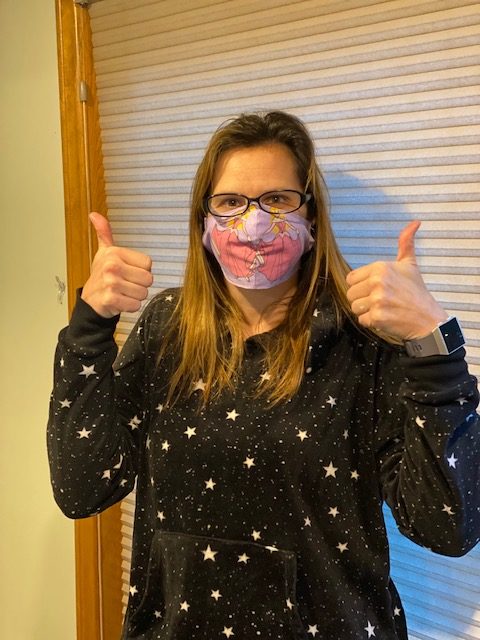

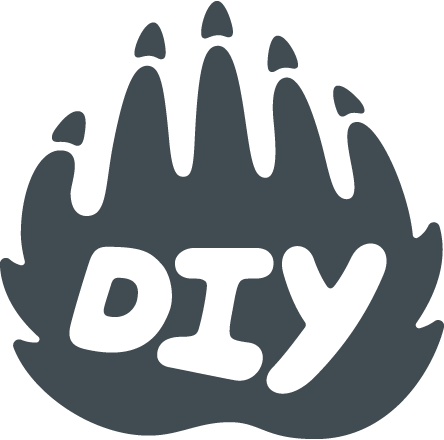 My name is Alicia, and I do a lot of different kinds of projects. I sew, make jewelry, papercraft, and make a lot of homemade gifts. I also am very at home with power tools. Meaning that I take on a lot of home improvement projects by myself. I also make mistakes, which I notice most bloggers aren’t keen on showing when they do, but I will own them and show how I work around them and fix them
My name is Alicia, and I do a lot of different kinds of projects. I sew, make jewelry, papercraft, and make a lot of homemade gifts. I also am very at home with power tools. Meaning that I take on a lot of home improvement projects by myself. I also make mistakes, which I notice most bloggers aren’t keen on showing when they do, but I will own them and show how I work around them and fix them